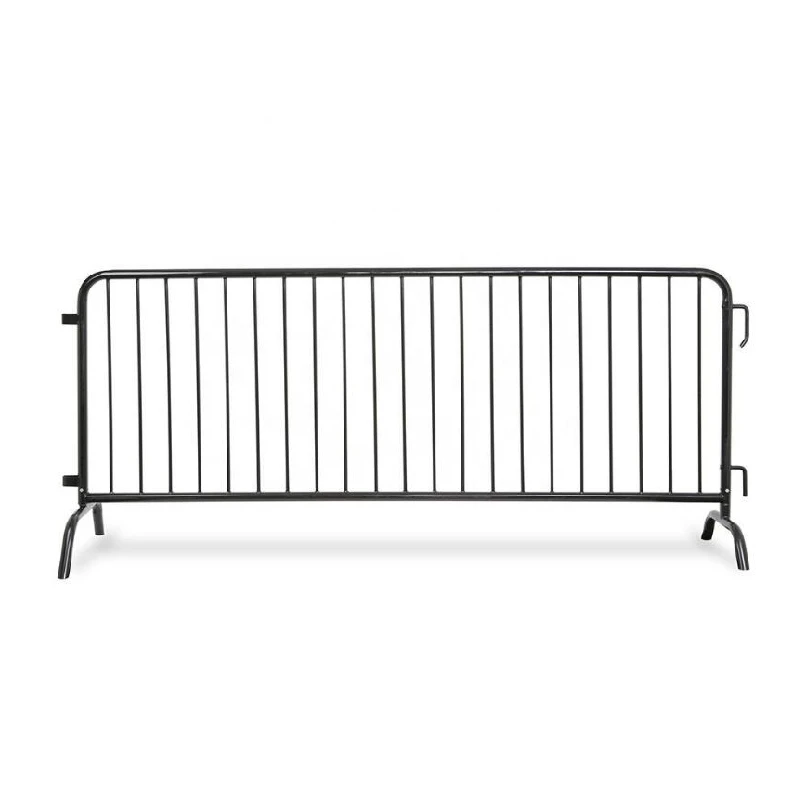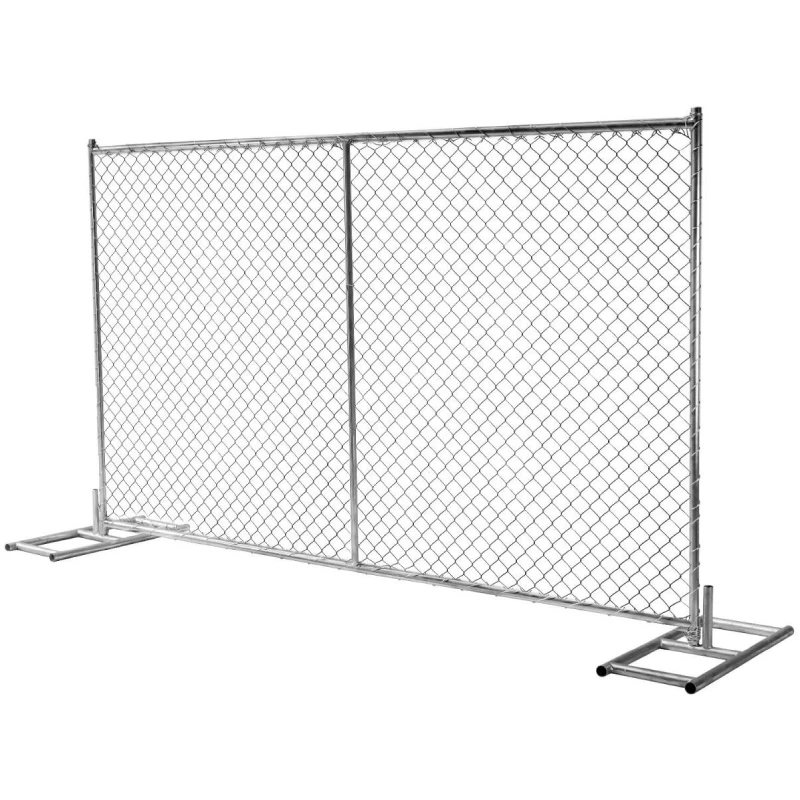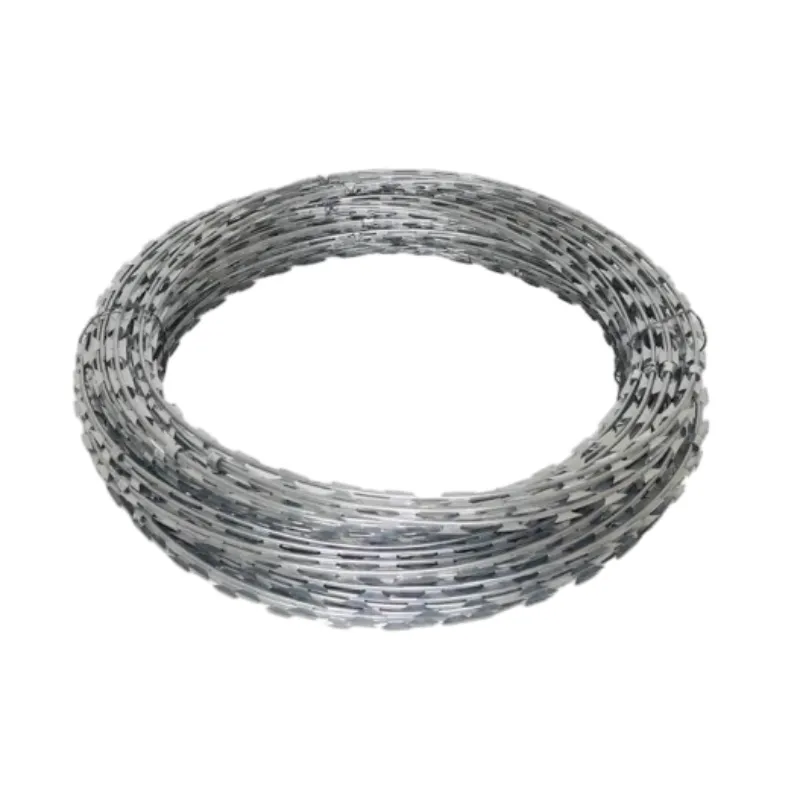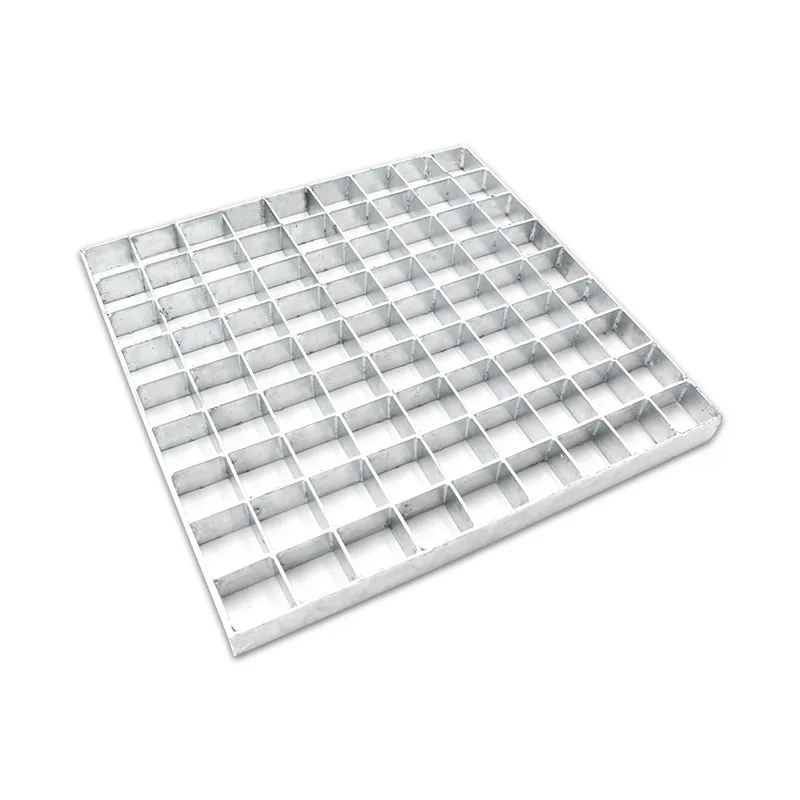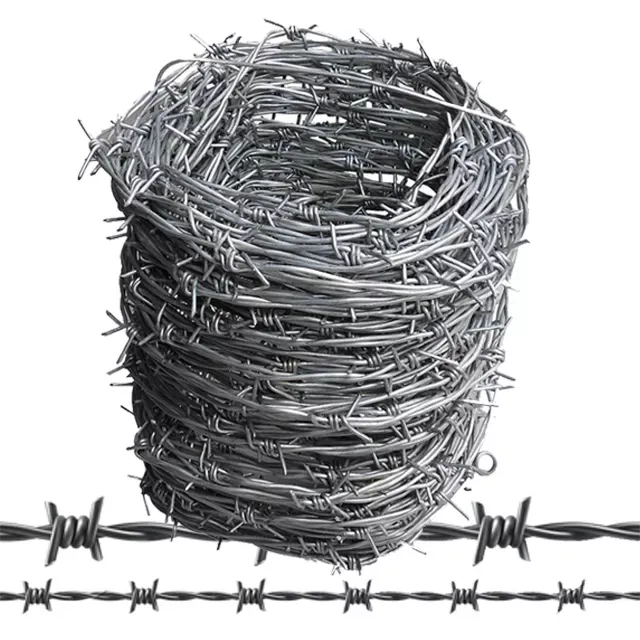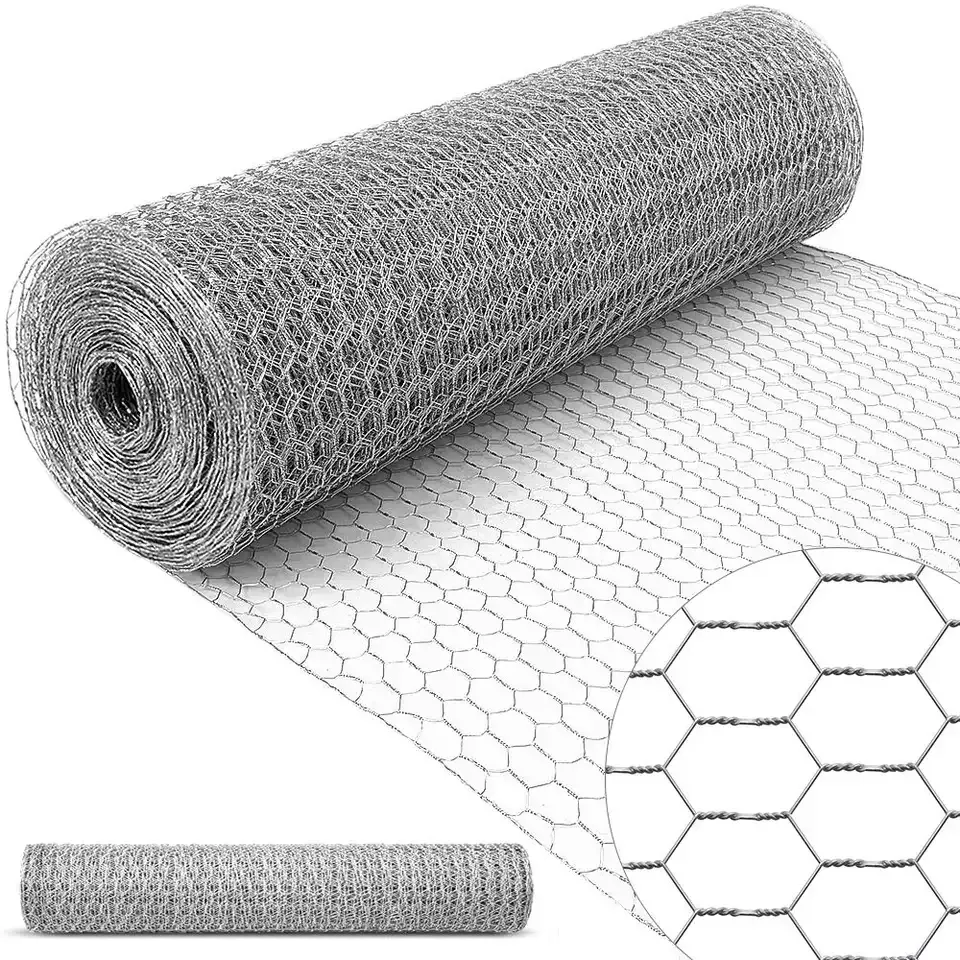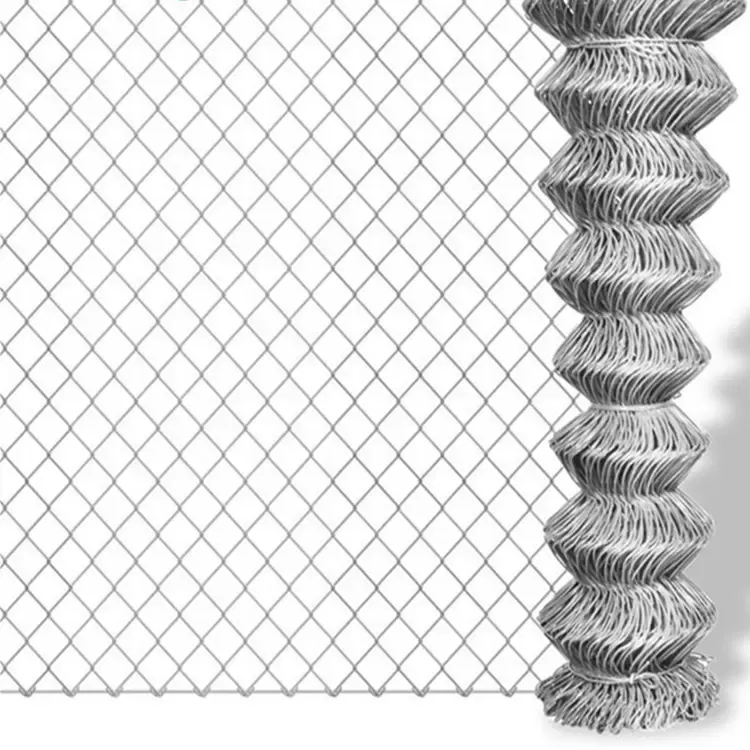
- Afrikaans
- Albanian
- Arabic
- Armenian
- Azerbaijani
- Basque
- Belarusian
- Bengali
- Bosnian
- Bulgarian
- Croatian
- Czech
- Danish
- Dutch
- English
- Esperanto
- Estonian
- Finnish
- French
- Galician
- Georgian
- German
- Greek
- hawaiian
- Hindi
- Hungarian
- Indonesian
- irish
- Italian
- Lao
- Latvian
- Lithuanian
- Luxembourgish
- Macedonian
- Maltese
- Myanmar
- Norwegian
- Polish
- Portuguese
- Romanian
- Russian
- Serbian
- Slovak
- Somali
- Spanish
- Swedish
- Thai
- Turkish
- Turkmen
- Vietnamese
May . 31, 2025 09:55 Back to list
Heavy-Duty Welded Wire Cattle Fence Panels Secure Ranch Fencing
- Introduction to modern livestock containment solutions
- Durability metrics and strength data analysis
- Technical advantages over traditional fencing methods
- Comparative analysis of leading manufacturers
- Customization options for specific operational needs
- Real-world application scenarios and case studies
- Long-term investment value considerations

(welded wire cattle fence)
Understanding the Strength and Versatility of Welded Wire Cattle Fence
Contemporary livestock management increasingly relies on welded wire cattle fencing as the primary containment solution across diverse agricultural operations. These systems have evolved significantly from rudimentary barrier methods to engineered security products designed to withstand substantial animal impact forces. Modern installations feature high-tensile steel wire electrically welded at every intersection, creating rigid grid patterns that effectively distribute impact loads across the entire structure. The fundamental engineering principle behind welded cattle fencing lies in transferring point pressures laterally through connected wires, exponentially increasing structural integrity compared to conventional barbed wire setups that concentrate stress on individual posts. Agricultural professionals report containment failure rates dropping below 5% when migrating to properly installed welded wire systems from traditional alternatives.
Impact Resistance Metrics and Durability Data
Independent laboratory testing reveals that welded wire cattle fence
panels with 12-gauge horizontal wires and 14-gauge vertical wires withstand sustained pressures exceeding 1,300 pounds per linear foot without structural deformation. Accelerated corrosion testing simulating 20-year exposure shows galvanized coatings (G90 standard) maintain integrity better than basic zinc coatings with rust penetration rates below 0.15mm annually. Field studies demonstrate significant longevity improvements:
| Fence Type | Average Lifespan (Years) | Impact Resistance (lbs/ft) | Maintenance Cycles (Annual) |
|---|---|---|---|
| Welded Cattle Fence | 22-30 | 1,200-1,500 | 0.3 |
| Woven Wire Field Fence | 15-18 | 700-900 | 0.8 |
| Barbed Wire (4 Strand) | 10-12 | 400-600 | 1.5 |
The material physics behind welded joints prove superior, maintaining 97% of initial tension after seasonal temperature fluctuations compared to hinged connections that loosen progressively. Thermal expansion coefficients match between welded components, preventing weakness points that plague mechanical fastener systems.
Engineering Superiority Over Alternative Fencing Systems
Precision welding creates unified barrier structures that eliminate the failure points common in traditional agricultural fencing. The continuous wire matrix prevents animals from forcing openings between strands while maintaining visibility critical for rotational grazing operations. Core technical benefits include uniform load distribution that reduces necessary post density by up to 30% compared to barbed wire installations, creating significant savings on support infrastructure. Protective diagonal brace systems work synergistically with the rigid welded panels to redirect impact forces into the ground rather than concentrating stress at terminal posts. The solid barrier eliminates dangerous entanglement hazards for young livestock while preventing predators from breaching perimeter defenses.
Manufacturing Standards Comparison
Quality variation among welded cattle fencing producers necessitates careful evaluation of production specifications. Leading manufacturers adhere to the ASTM A641 Class 3 coating standard, applying zinc at 0.90 oz/ft² for superior corrosion resistance. Premium producers utilize consistent 12½-gauge wire diameters (±0.003"), compared to value lines with 13-gauge (±0.005") tolerances that accelerate structural fatigue. Industry grading criteria reveal significant differences:
| Feature | Commercial Grade | Farm Grade | Industrial Grade | Heavy Livestock Grade |
|---|---|---|---|---|
| Wire Gauge (H/V) | 14/16 | 13/15 | 12½/14 | 12/12 |
| Weld Strength (lbs) | 210 | 285 | 425 | 570 |
| Coating (G-Number) | G60 | G90 | G120 | G140 |
| Standard Heights | 34"-48" | 47"-54" | 52"-60" | 60"-72" |
Reputable manufacturers offer custom robotic welding platforms that guarantee consistent joint integrity across thousands of production hours, whereas manual welds introduce quality fluctuation points.
Adaptable Solutions For Specific Containment Needs
Modern welded wire cattle fencing integrates adaptable configurations addressing distinct livestock management challenges. Variable opening dimensions prioritize animal protection - smaller 2"x4" grids prevent calf limb entrapment while larger 4"x6" designs accommodate mature bull containment. Specialized ranch applications incorporate fortified bottom sections with reinforced wiring to deter rooting activities from feral hogs. Modular fencing systems enable seamless transitions between pastures and handling facilities while accommodating elevation changes of up to 15° per panel section. High-voltage electric fence compatibility remains standard through insulated post mounting hardware that withstands 10kV pulses without degradation. Producers increasingly incorporate flexible bottom rail designs with seismic shift tolerance exceeding 0.5" for earthquake-prone regions.
Operational Implementation Case Studies
At Wyoming Bison Ranch, welded cattle fence panels installed across 5,300 acres eliminated breach incidents that previously averaged 17 annually. Perimeter fencing modifications incorporated 60" high panels with 12-gauge reinforcement along the lower 18" section, specifically addressing their bison herd's tendency to challenge boundary lines during rutting season. This reduced escape incidents to zero over four years while cutting fence maintenance labor by 67%. Transitioning to welded fencing slashed livestock injury rates by 94% at Kentucky Thoroughbred Farms according to equine safety audits. Custom powder-coating options proved financially viable at Black Angus Preserve by reducing aesthetic maintenance costs by over 80% versus traditional paint touch-ups while maintaining brand image standards.
Evaluating Welded Cattle Fence Panels as a Strategic Investment
Organizations approaching cattle containment upgrades should analyze welded fencing solutions through lifetime operational cost metrics rather than merely comparing installation outlays. Factoring the 18-25 year service life expectancy of professionally installed welded wire cattle fence systems versus alternative fencing replacements every 8-12 years reveals substantial economic benefits. The cumulative value projection accounts for injury reduction, predator protection, and labor efficiency gains that typically generate full ROI within 42 months post-installation. Contemporary powder coating technologies extend practical service life beyond 35 years in moderate climates while maintaining 93% structural integrity when maintained according to industry protocols. Operations implementing welded cattle fencing consistently report enhanced security against contemporary challenges like wildlife disease vectors and border trespass incidents.

(welded wire cattle fence)
FAQS on welded wire cattle fence
Q: What is the primary use of welded wire cattle fence panels?
A: Welded wire cattle fence panels are designed to securely contain livestock like cattle, horses, and sheep. Their sturdy construction prevents animals from breaking through while allowing visibility and airflow. They are ideal for pastures, feedlots, and barn enclosures.
Q: How do I install a welded cattle fence securely?
A: Start by setting durable posts (wood or metal) at regular intervals and dig a trench for the fence base. Attach the welded cattle fence panels to the posts using heavy-duty clips or wire, ensuring minimal gaps. Burying the bottom edge slightly underground adds stability and deters digging.
Q: Are welded wire cattle fences resistant to weather conditions?
A: Yes, most welded wire cattle fences are galvanized or coated to resist rust, corrosion, and UV damage. This makes them suitable for harsh weather, including rain, snow, and extreme temperatures. Regular inspections help maintain longevity.
Q: What materials are used in welded wire cattle fence panels?
A: These panels are typically made from galvanized steel, stainless steel, or PVC-coated wire for durability. The welded joints ensure rigidity, while the material choice prevents rust. Heights and gauges vary to match livestock size and enclosure needs.
Q: Can welded wire cattle fence panels be customized for different livestock?
A: Absolutely—panels come in various heights, mesh sizes, and wire thicknesses to suit animals like cattle, goats, or poultry. Custom lengths and reinforced edges are also available. Always choose a design that matches your livestock’s strength and behavior.
-
Why Welded Gabions Are Redefining Modern Landscape
NewsAug.18,2025
-
Padel Court for Sale
NewsAug.18,2025
-
Modern Open Gable Trellis System
NewsAug.18,2025
-
Guide to Durable and Efficient Fence Post Solutions
NewsAug.18,2025
-
Durable and Affordable Y Post Fence Solutions
NewsAug.18,2025
-
Construction Projects with Reliable Gabion Solutions
NewsAug.18,2025


